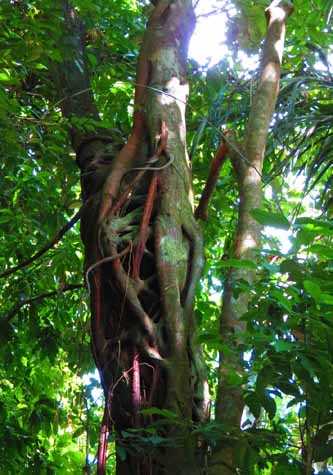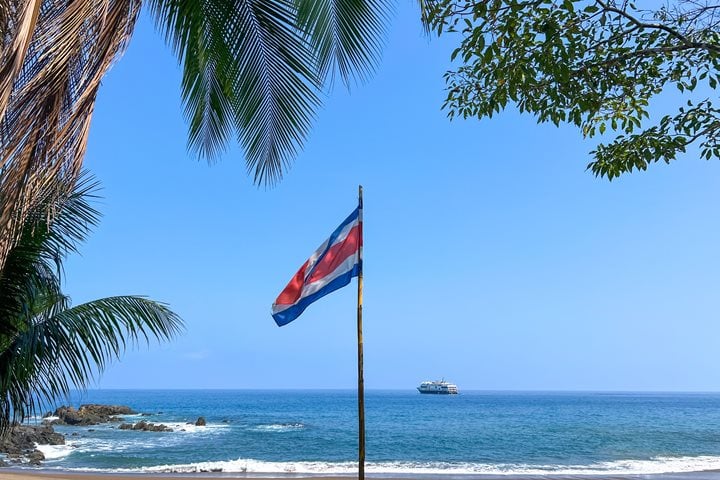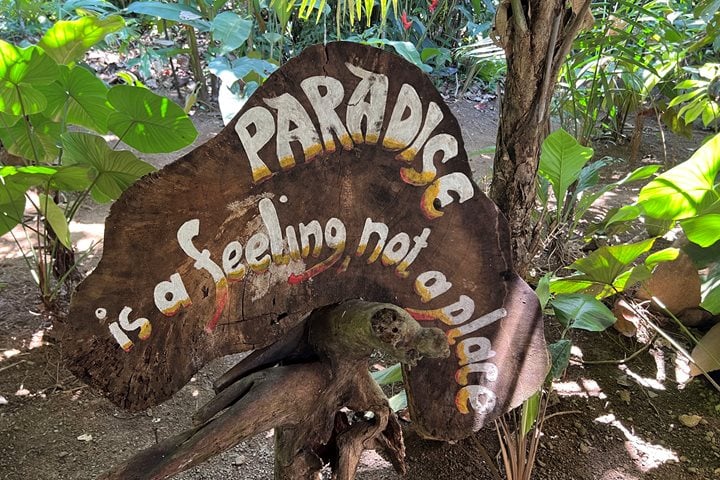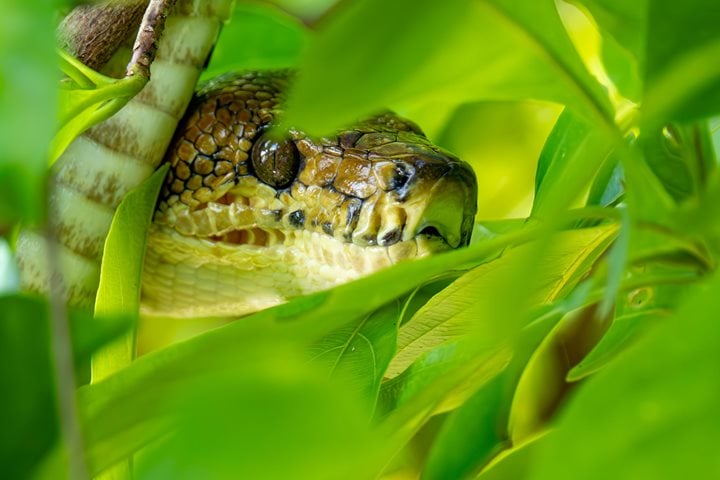After enjoying a wonderful evening crossing of the first set of locks on the Pacific side of the Panama Canal, National Geographic Sea Lion dropped anchor in Gatun Lake, a man-made lake created to provide sufficient water for the operation of the canal. The flooding of this area made several hilltops into islands, some small but others big enough to maintain the original wildlife and vegetation.
Today’s expedition took place in one of these hilltops, Barro Colorado Island (BCI). But apart from being just an island in the Panama Canal, it has, since the 1940s, been one of the most researched rain forests in the world and therefore was taken under the administration of the Smithsonian Research Institute. Since then all major tropical rain forest scientists have spent at least a few months of their lives in this open laboratory.
After breakfast two naturalists from BCI gave us an introduction to the island and soon after the different expeditions took off. The Zodiacs were ready to take guests on a ride around the perimeter of the rain forest where they all got great views of howler and spider monkeys. Both species are canopy dwellers and feed mainly on leaves (howlers) or fruits (spider). But the most comments were about this particular spider monkey that was not as peaceful as they normally are and insisted on discouraging our small boats from coming closer by throwing branches at them. Other great sightings were of toucans, the keel-billed and the chestnut, the largest species of toucans in Panama, plus many other birds as well as the lush rain forest.
For the guests who decided to take their last walk through the intermingled hundreds of vines, branches, leaves and towering trees, the island offered miles of trails.
After all guests were on board, our pilot from the Panama Canal arrived and so the second part of our crossing began, first through the Gatun Lake and then the Gatun Locks. Three steps down, one lock, 85 feet back to sea level but…on a different side, the Caribbean of Panama.







